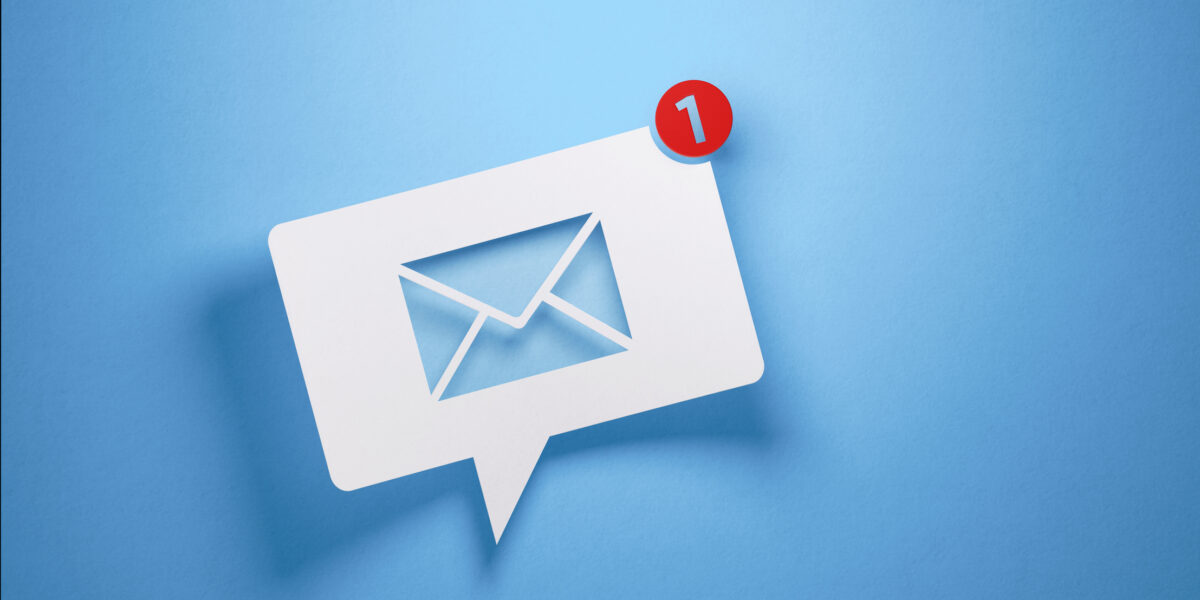 There are few exceptions to more frustrating events than to suddenly lose your wireless internet connection. Once you understand the basic wireless setup, wireless internet connection troubleshooting should only take you a few minutes before you’re up and running again (in most cases).
There are few exceptions to more frustrating events than to suddenly lose your wireless internet connection. Once you understand the basic wireless setup, wireless internet connection troubleshooting should only take you a few minutes before you’re up and running again (in most cases).
Wireless Internet Troubleshooting Tips
For wireless internet connection troubleshooting, there are four areas you’re going to be checking. Here they are:
- Computer Device –
- Check your device to make sure you have wireless internet enabled. Some keyboards have a key that, when accidentally tapped, will disable your wireless connection. For older Windows platforms, settings can usually be found in the Control Panel Network Sharing Center under “Adapter Settings.” You can right click to see if wireless is enabled or to enable it if it isn’t.
- If wireless is enabled, you can also try running a Windows Network Diagnostics.
- Make sure all your wireless drivers are updated.
- Wireless Router (Some routers are a single unit with the modem) –
- Move your device closer to the router to see if this fixes the connection.
- If moving your device closer to the router doesn’t work, try resetting the router.
- If resetting the router doesn’t work, bypass the router and plug your device directly into the modem. If internet works, your issue is with the router. Still having problems? Continue to the modem.
- If you find that your internet goes out frequently, check the router to make sure it isn’t hot and there is plenty of airflow.
- Modem –
- Reset the modem by unplugging it for about 30 seconds.
- Make sure cords are properly connected.
- Internet Service Provider (ISP) –
- If you’re using public wifi, be sure you’ve accepted the terms of use. This will usually pop up when you open a browser.
- Contact tech support for your ISP. They will be able to tell you if there is a regional outage or if the outage is isolated to your home which could require maintenance.



